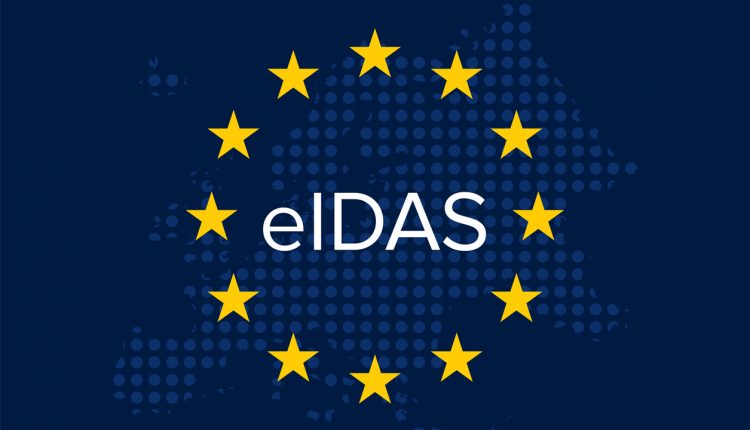From last week, identity verification checks carried out in one EU country will be valid across all member states. This is under the Electronic Identification, Authentication and trust Services (eIDAS) regulation, to which all EU states must comply.
Traditional frameworks for identity verification involved all members having their own manual systems including document and in-person checks, third-party notarisations, and government-issued identification. While it served its purpose, these systems are not built for the modern world of high-speed, online, mobile interactions.
The new regulation underscores the importance of a digital identity framework that can perform electronic identification and trust services for digital transactions. This will help to create one identity framework for the entire European Union.
Today’s interconnected digital economy needs to feature effective and secure identity systems, according to identity verification experts at Trulioo. As Zac Cohen, General Manager at Trulioo explains, different member states “currently have different electronic ID schemes and there’s very little standardisation or cross-border cohesion. For private companies operating in Europe, this means they have to comply with identification regulations on a country-by-country basis.”
Zac continues: “The cost of compliance to identity regulations is increasingly high, with the average bank spending £47 million a year on inefficient identification processes[1]. Although the eIDAS regulation is for member states, once the rules and infrastructures are in place, it will make it easier for the private sector to accept and implement similar processes. This will allow for more efficient AML compliance and KYC regulations across borders.”
Zac continues: “Instead of waiting for the potential of eIDAS to pass through the various legal stages and through to independent businesses, companies can improve their compliance procedures now. While each country has different ID procedures, there is best practice for each member state. Leveraging shared technologies and data can help make identity verification across borders a far more efficient and streamlined process.”
(Source: Trulioo)




